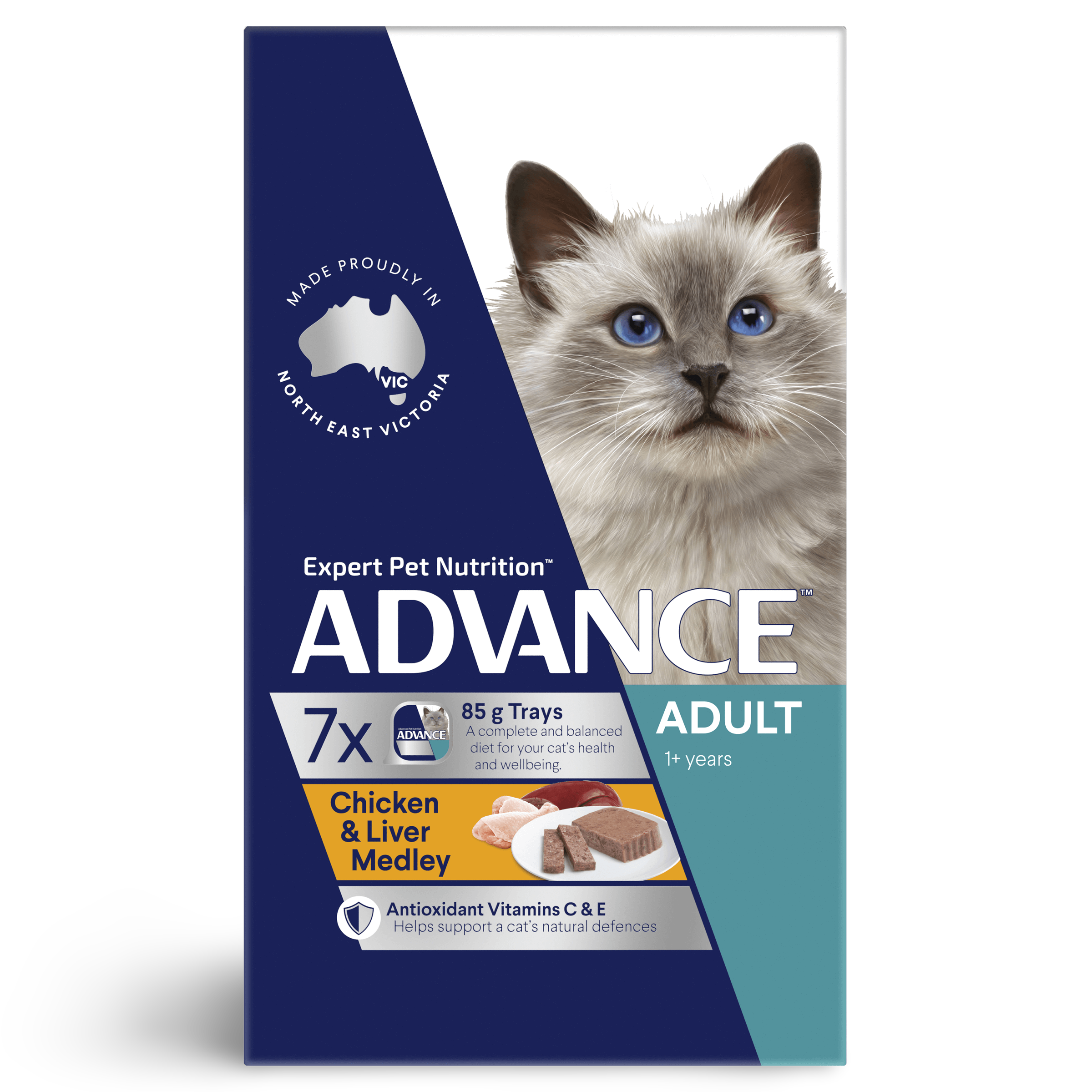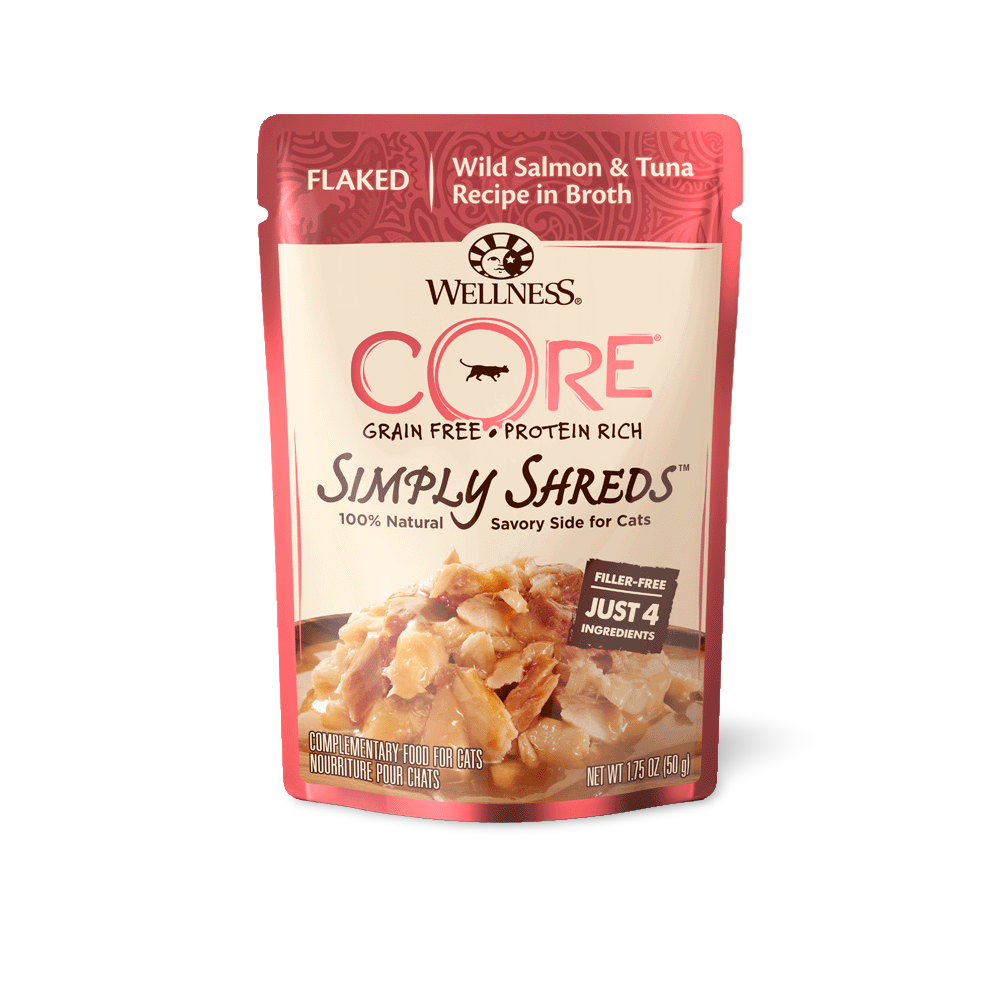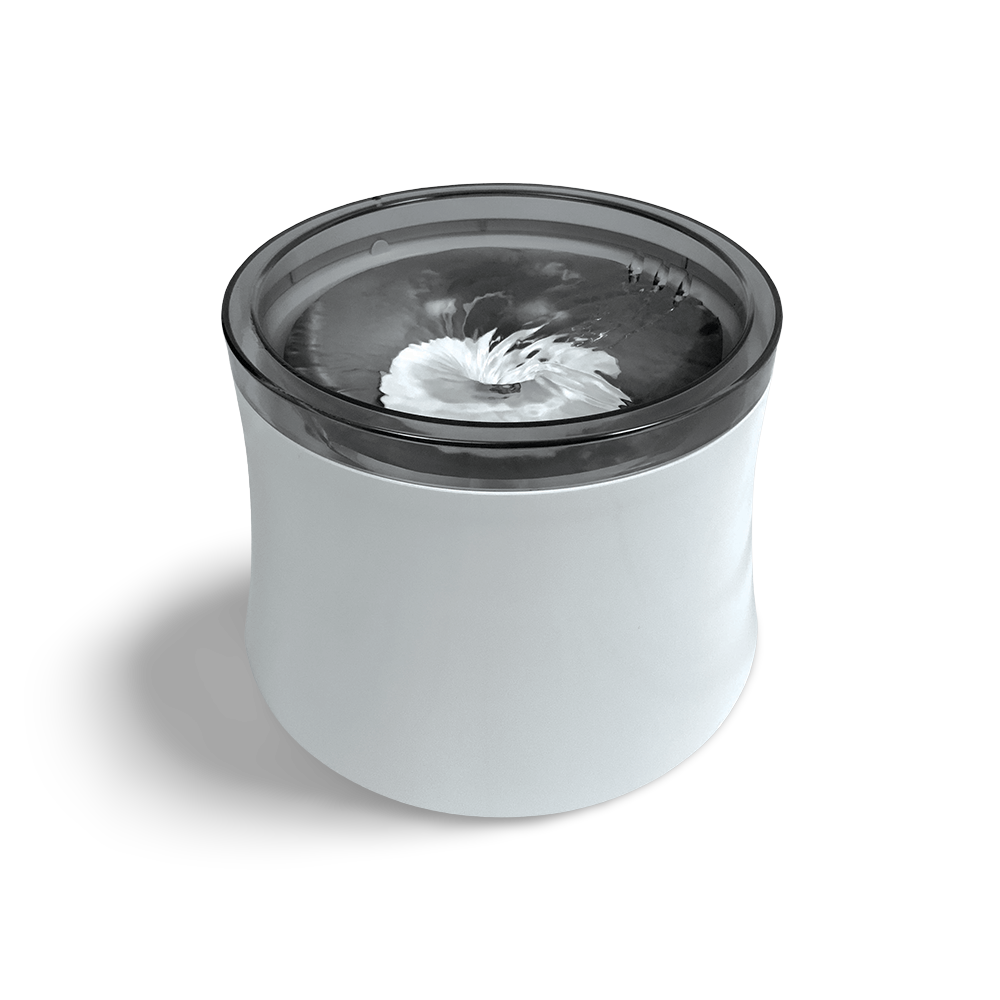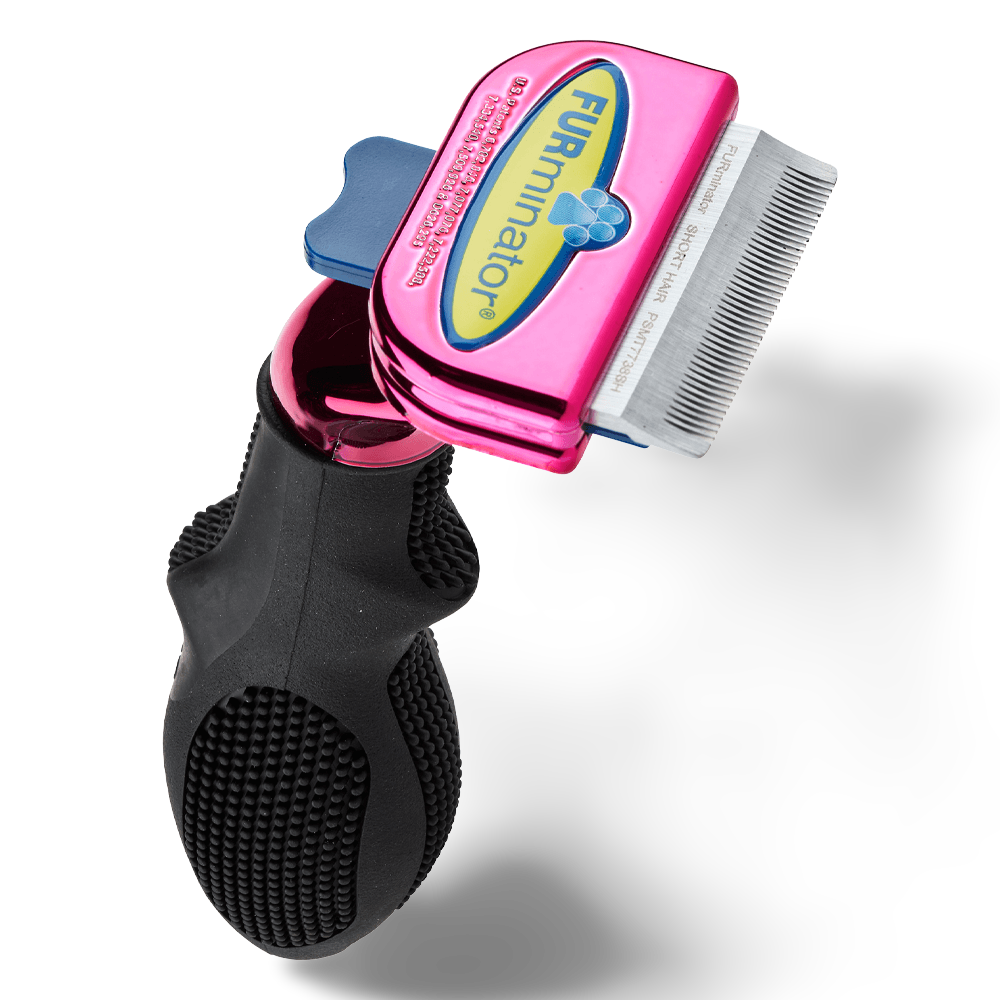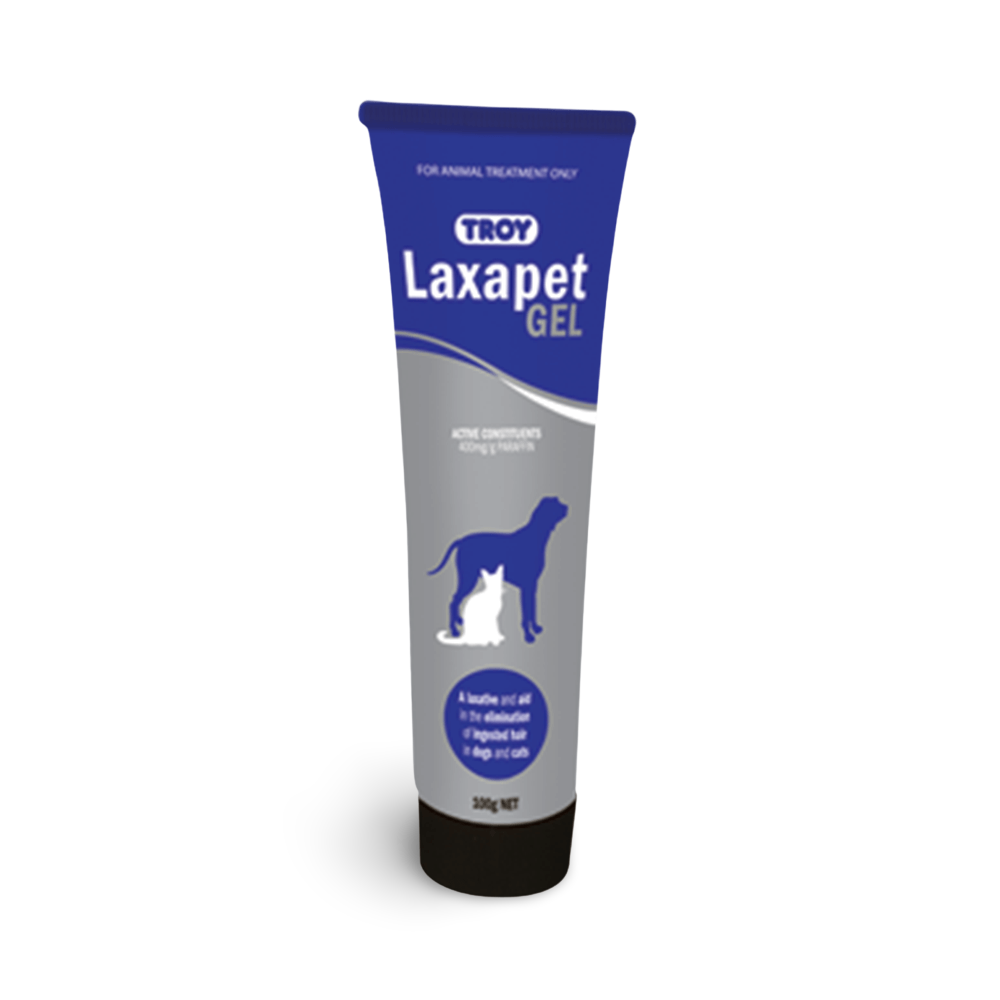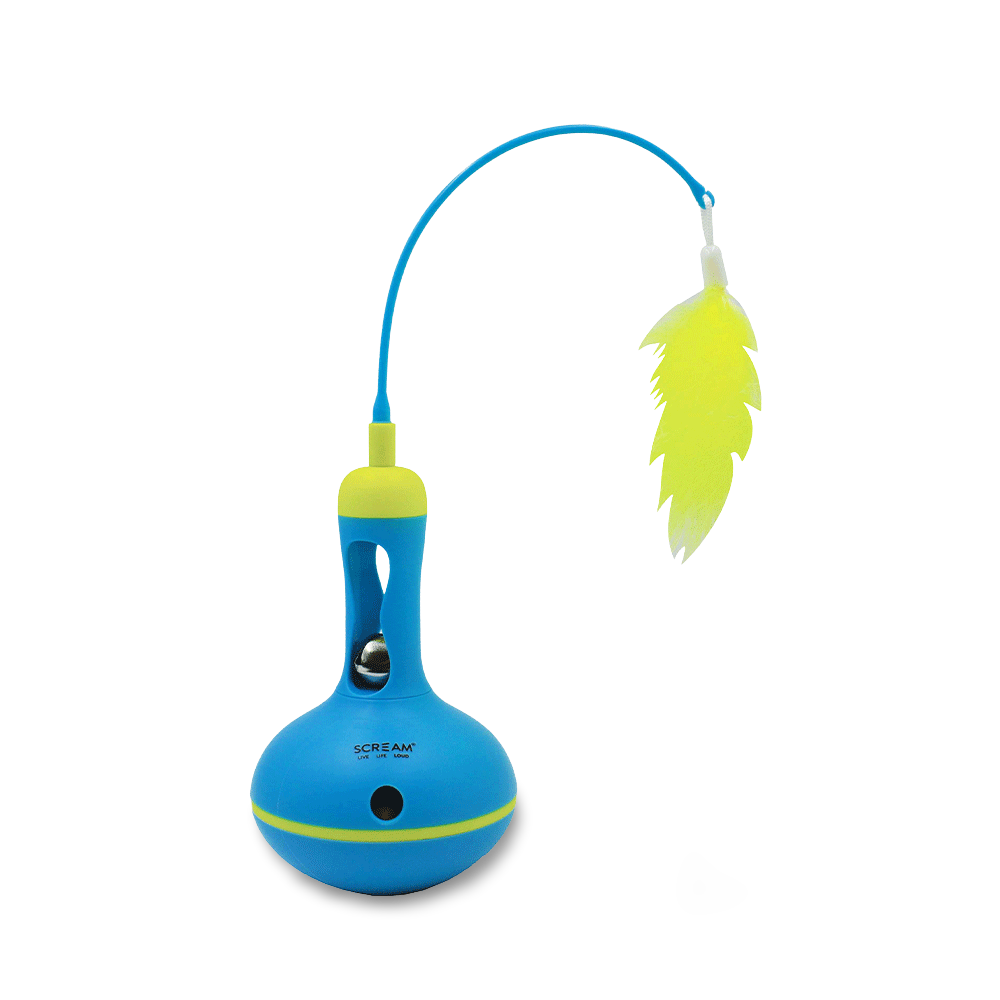The Scoop On Your Cat's Poop
This article is written by Pet Circle veterinarian,
Cleaning up after your cat may not be one of the most glamorous parts of pet ownership. In fact, at times, it can be smelly and gross!!
Despite this, your cat's poop can tell you a lot about their current digestion and overall health, so it is important to know what to look out for.
Check out the poo chart below, see how your cat scores and discover what your cat's poo is telling you.

Type 1: Constipation
If your cat is producing hard, pellet-like faeces then they are likely suffering from constipation.
Constipation is the infrequent or difficult passage of faeces. It is common for cats suffering from constipation to strain and pass small hard and dry pellet-like faeces, which can be painful. As the colon's main function is to absorb water from the digestive tract, faeces that is retained for an extended period of time, becomes hard and dry, making it more difficult to pass.
Cats can be prone to developing megacolon, secondary to chronic constipation. This is where the colon dilates, enlarges and becomes immobile. Chronic cases of constipation can lead some cats to becoming obstipated, a severe form of constipation which results in them being unable to pass faeces or gas at all. This can be very painful and requires immediate veterinary treatment to remove the backed up faeces.
Common Causes of Constipation:
- Dehydration
- Hairballs
- Orthopaedic issues such as arthritis- if your kitty finds it painful to assume the 'pooping position', they may be holding on for longer than they should, leading to dehydrated stools.
- Megacolon- this is a condition where the colon dilates, enlarges, and becomes immobile. It may be secondary to chronic dry faecal bulk, or it may have no known cause
- Stress or Behavioural Issues- such as a change in environment, a new animal in the household, or any problems with the litter box
- Foreign body or obstruction
- Genetic issues- for example, Manx cats can suffer from congenital spinal cord deformities.
- Medication
- Diarrhoea for longer than 2 days
- They are a kitten
- Lethargy
- Inappetance
- Vomiting
- Blood or Mucous in faeces
How To Treat Constipation
If you observe your cat straining in the litter box or the passing of hard faeces, it is best to have them checked by your veterinarian. In cases of mild acute constipation, your cat may respond to a warm water enema or a liquid rectal medication without anaesthesia. However, in cases of severe constipation or megacolon, your cat may require a full enema under general anaesthesia.
Long term, there are strategies that can be put in place at home to decrease the recurrence of constipation. Most cats will respond well to one or all of the strategies below.
1. Increase Hydration

Dehydration is one of the most common contributors to constipation. Dehydration can be caused by decreased water intake if your cat isn't drinking enough water, or increased water loss such as from kidney disease, vomiting, diarrhoea, or medication causing increased urination.
Increasing your cat's water intake is a great way to decrease the incidence of constipation in the long term. You may want to consider the addition of wet Food or a broth to your cat's regular diet. Cats are naturally drawn to fresh, moving water so a water fountain is usually very effective at boosting their water intake.
2. Manage Hairballs

Hairballs are common in long-haired cats. While many hairballs are regurgitated, or 'coughed up', some hairballs may pass through the intestines and cause an uncomfortable blockage in the colon.
Long haired cats, or those prone to hairballs can benefit from additional fibre. Fibre in the diet, attracts water into the colon and helps to soften faeces for easier passing. Hairball diets are complete and balanced and high in fibre which helps to push hairballs through the intestinal tract while supporting good digestion. Alternately, you can boost your cat's fibre with the addition of 1 teaspoon of psyllium husk per day, or with high fibre food such as cooked pumpkin or zucchini.
Investing in a good quality brush such as The Furminator and brushing your cat daily, helps to remove loose hair prior to grooming and ingestion.
Shop All Cat Hairball Management Products
3. Introduce a Stool Softener
A paraffin-based stool softener may be required for chronic cases of constipation. Paraffin is an oil which coats the faeces and helps provide lubrication to prevent hard, dry faeces from 'getting stuck'.
Prolonged use of paraffin can prevent the nutrients in your cat's food from being absorbed, so occasional use only is recommended.
4. Change Litter Tray or Cleaning Routine

Cats are innately very clean animals, and may refuse to use their litter box if they don't like the litter or it's not being cleaned regularly enough. If you suspect that your kitty is displeased with their litter box, it can help to offer an extra litter tray or Self Cleaning Litter Box, a couple of different types of litters, or a more frequent cleaning regime.
Looking for more information on constipation in cats? Read our veterinary written article Constipation in Cats.
Type 2: Mild Constipation
If your cat is producing sausage shaped poos which are a little lumpy, then they may be experiencing some mild constipation. These cats often do not suffer pain when passing faeces but may benefit from some supplementation to increase moisture and make toileting a little easier.
Feeding a premium cat diet can be a great way to improve your cats stool. Premium diets are complete and balanced and have the addition of fibre, and pre and pro-biotics, to boost healthy digestion and stool consistency.
Regular exercise helps to keep things moving and promotes a healthy digestive tract. Encourage your cat to exercise with a selection of interactive cat toys to mentally and physically stimulate them.
Type 3 & 4: The Perfect Poo

Congratulations!! Your cat is passing the perfect poo!! Healthy cats produce formed faeces which is easy to pass and can be scooped, with minimal residue or without falling apart. Some cats may pass softer formed faeces temporarily after consuming a different treat or food. This is due to a mild change in digestion and will often return to normal within a few days.
Type 5, 6, 7: Diarrhoea
Most cats will suffer from diarrhoea or loose stool at some point in their life. Diarrhoea is the passing of soft or watery faeces, with increased frequency and water content.
For cats that are suffering from a small bout of diarrhoea but are otherwise well, a diet of boiled chicken, or a gastrointestinal diet recommended by your veterinarian, can help settle things down. Cats will often respond well to probiotic supplements, which help to re-establish good gut bacteria and aid in digestion.
For cats suffering from diarrhoea showing any of the below signs, they should be seen by a veterinarian immediately. Your veterinarian may need to run further tests to get to the bottom of the cause of their diarrhoea.
When Your Cat Should See The Vet:
Cat that experience diarrhoea may be prone to dehydration, due to high water loss. This is especially true for kittens as a result of their immature immune systems and limited reserves. It is for this reason that all kittens should see the vet immediately if they have diarrhoea.
Common Causes of Diarrhoea
Diet Change

A sudden change in diet, whether this be a change in a meal or a favourite treat, can cause an upset tummy resulting in diarrhoea or vomiting. This is especially common for kittens due to their sensitive digestion and tiny tummies! Avoid changing your cat's diet suddenly and if starting on a new food, it is best to transition your cat slowly over a 7 day period.
Looking for more information on how to transition your cat's diet? Read our veterinary written article How To Introduce A New Food To Your Pet.
Food Intolerances or Allergies

Cats that suffer from on and off bouts of diarrhoea or vomiting may be suffering from a dietary or food intolerance. Intolerances in cats can develop over time, even in pets that have been fed the same diet their whole lives.
These cats may benefit from a hypoallergenic, novel protein or sensitive stomach diet.
DID YOU KNOW: Feeding your cat a rotational diet has been shown to decrease the occurrence of food allergies. For more information read our veterinary written article Rotational Diets For Cats.
Parasites

Intestinal parasites such as hookworms, whipworms, roundworms, coccidia and giardia, can be a common cause of diarrhoea in cats. Cats may contract worms by encountering other infected animals, drinking contaminated water or eating food that contains a worm parasite. It is recommended to worm adult cats every 3 months, while kittens who are particularly susceptible to intestinal worms, are recommended to be wormed more regularly.
For more information on preventing intestinal parasites in your dog read our veterinary written article Flea, Tick and Worming Guide For Cats.
Shop All Dog Flea, Tick and Worming Products
Bacterial and Viral Infections
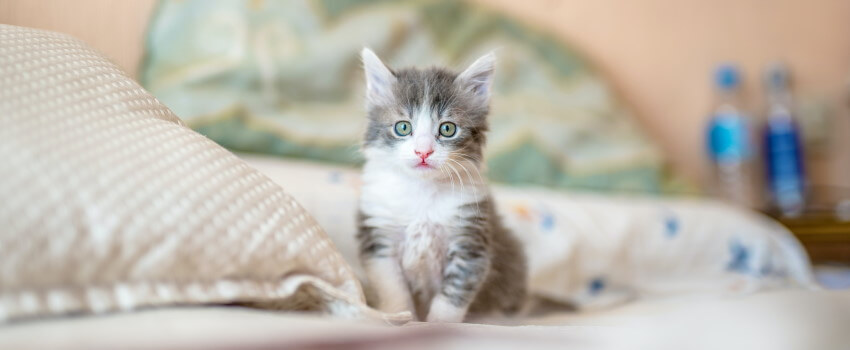
Bacterial or viral Infections are a common cause of diarrhoea. Viral causes of diarrhoea in cats include Feline Panleucopenia Virus, Calicivirus, Feline Leukamia Virus or Feline Infectious Peritonitis. Some of these diseases are preventable, so ensure your cat is up to date with their required vaccinations.
Cats that consume raw meat have been shown to be at more risk of being exposed to bacteria which can cause diarrhoea. All raw meat can harbour harmful pathogens, regardless of whether it is sold for humans or for pets. Even when the best hygiene practices are followed, contamination can occur at any point in the meat-production process and storage. Studies have shown that cats that are fed a raw diet are at risk of picking up Salmonella, which they can shed in their faeces, putting owners at risk of exposure.
For more information on the Pros and Cons of Feeding Your Pet a Raw Diet read our veterinary written article Should You Feed Your Pet a Raw Meat Diet?.
Further Reading
Premium Pet Food: Is It Worth It?
Want to know more? Check out our Discover Page for more tips on keeping your pets happy and healthy.
























